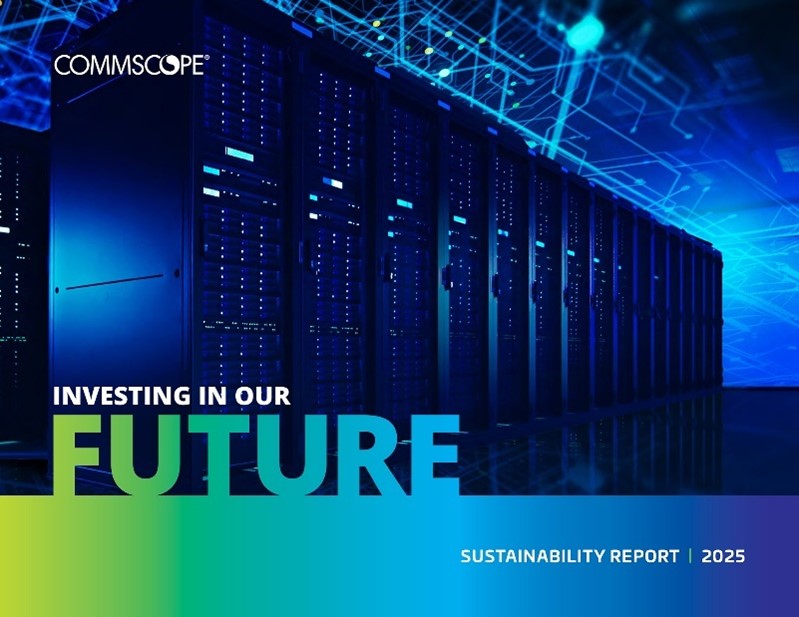
Mark Twain once wrote “The report of my death was an exaggeration” (more commonly quoted as “The reports of my death are greatly exaggerated.”) and the same could be said for data center infrastructure management (DCIM) today. Although the market forecasts for DCIM vary greatly depending on which research firm report you read, the fact remains that the data center industry is undergoing a change as new entrants, new standards and new technologies are introduced. Let’s take a look at these and their impact to understand the continued need for DCIM.
First, there are new entrants in the data center market that are setting the industry up for possible disruption. Even as little as ten years ago, data centers were mainly owned and operated by traditional service providers and large enterprises. As companies like Amazon, Google and Facebook expanded their business models, they began to invest in their own data centers and many companies around the world followed their lead. But building your own data centers brings challenges, including the ability to remotely manage and monitor the infrastructure, assets and workflows. This issue is compounded as organizations have multiple data centers in various locations. For example, the State Department made public that they are moving from leased to modular data centers as “part of the ongoing government-wide push to consolidate data centers and overhaul the way the federal government procures applications and IT infrastructure to support them.” Their new data centers will be on government property in various locations throughout the United States.
The next big impact is the recent publishing of the new ISO/IEC 18598 Information technology -- Automated infrastructure management (AIM) systems -- Requirements, data exchange and applications. This document outlines intrinsic and extrinsic benefits of the standard including a specific section on DCIM. With this standard, there is now a greater focus on workflows, processes and the management of the physical infrastructure, not just power and cooling, which is the strength of DCIM solutions.
Finally, we have new technologies that will enable data centers to prepare for the future including 40/50/100 Gb/s, SDN and virtualization to name a few. All these will have an impact as data center owners and operators upgrade physical infrastructure to meet the growing demands of their customers.
So what does this mean for DCIM? According to the 2016 Magic Quadrant for Data Center Infrastructure Management Tools, Gartner states “All organizations with at least a moderate-size data center should consider investing in a DCIM tool, especially if they have a cost optimization initiative or are planning any significant data center changes.”
CommScope’s iTRACS DCIM solution addresses the needs of new entrants, new standards and new technologies. During the past year, the iTRACS team focused on understanding customer specific needs, developing modules to address pain points, and focusing on successful deployments. This was recognized by customers and the industry.
SEE ALSO: iTRACS DCIM Software Suite
In fact, CommScope: iTRACS DCIM received the highest product scores in all three use case categories, Colocation Provider, Large Enterprise and Midsize Enterprise by Gartner in its March 2016 “Critical Capabilities for Data Center Infrastructure Management Tools” report.
Although change is coming and new solutions are being developed for data centers, we believe DCIM will be around for a while. I would love to hear your thoughts on the industry.
Disclaimer
Gartner does not endorse any vendor, product or service depicted in its research publications, and does not advise technology users to select only those vendors with the highest ratings or other designation. Gartner research publications consist of the opinions of Gartner's research organization and should not be construed as statements of fact. Gartner disclaims all warranties, expressed or implied, with respect to this research, including any warranties of merchantability or fitness for a particular purpose.







